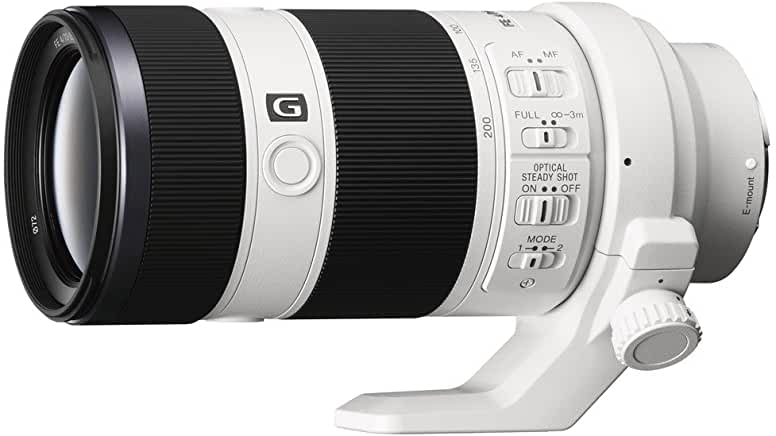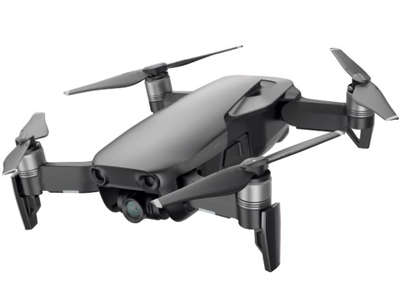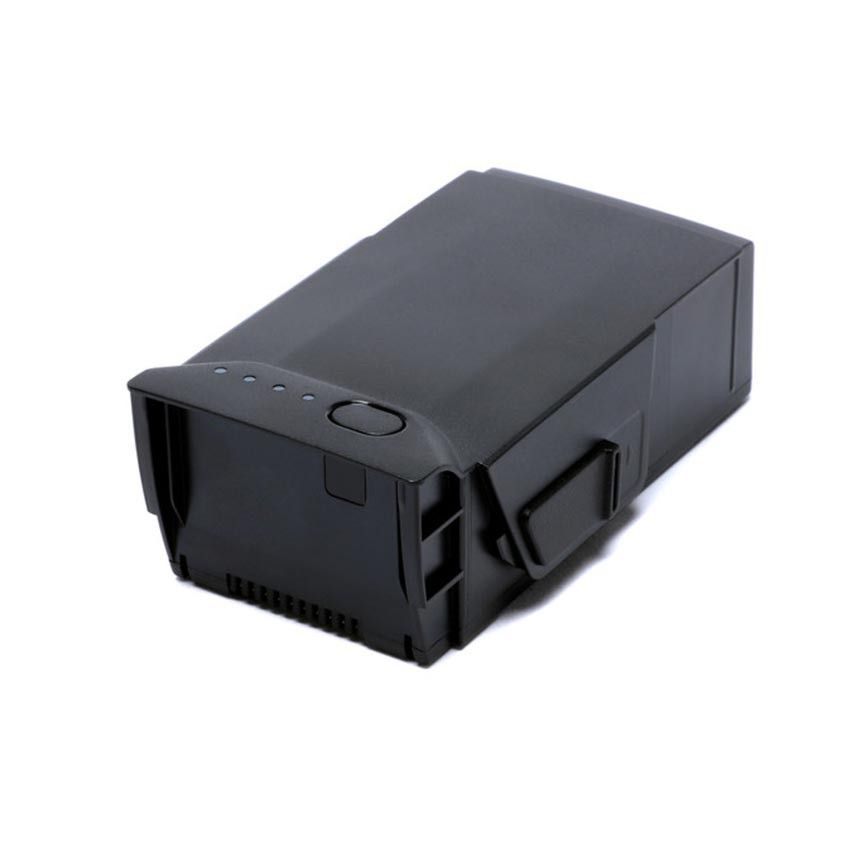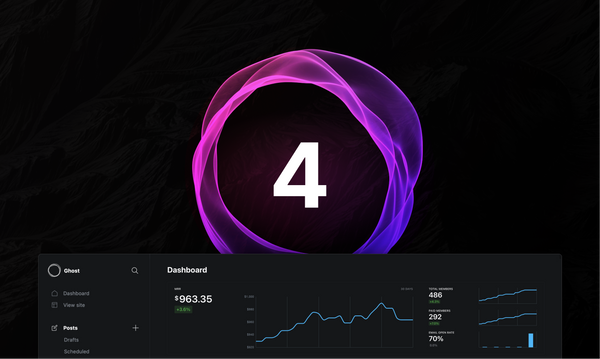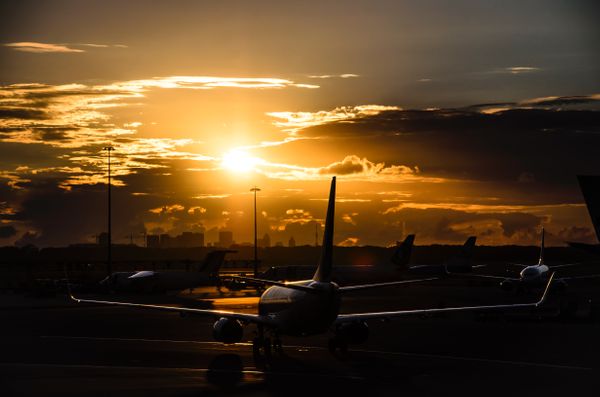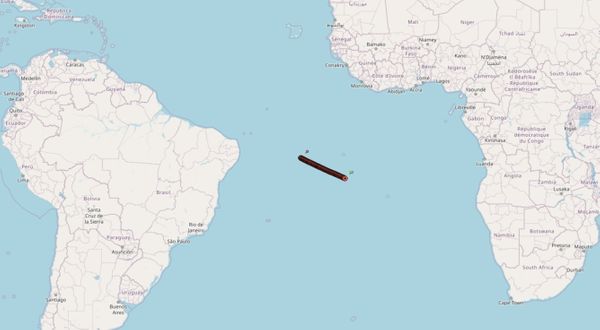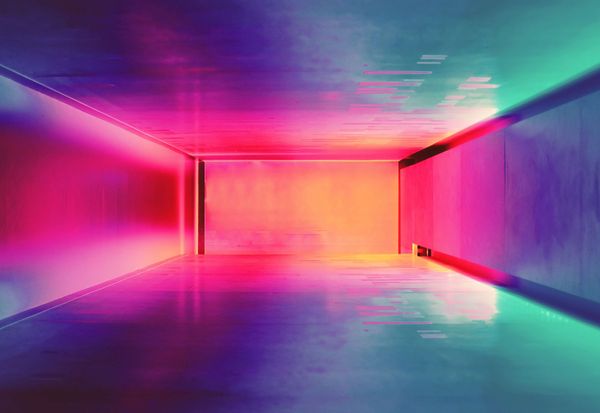Camera gear guide
Extensive camera gear for full-time travel photography and videography all over the world. Tested to death and regularly refreshed.
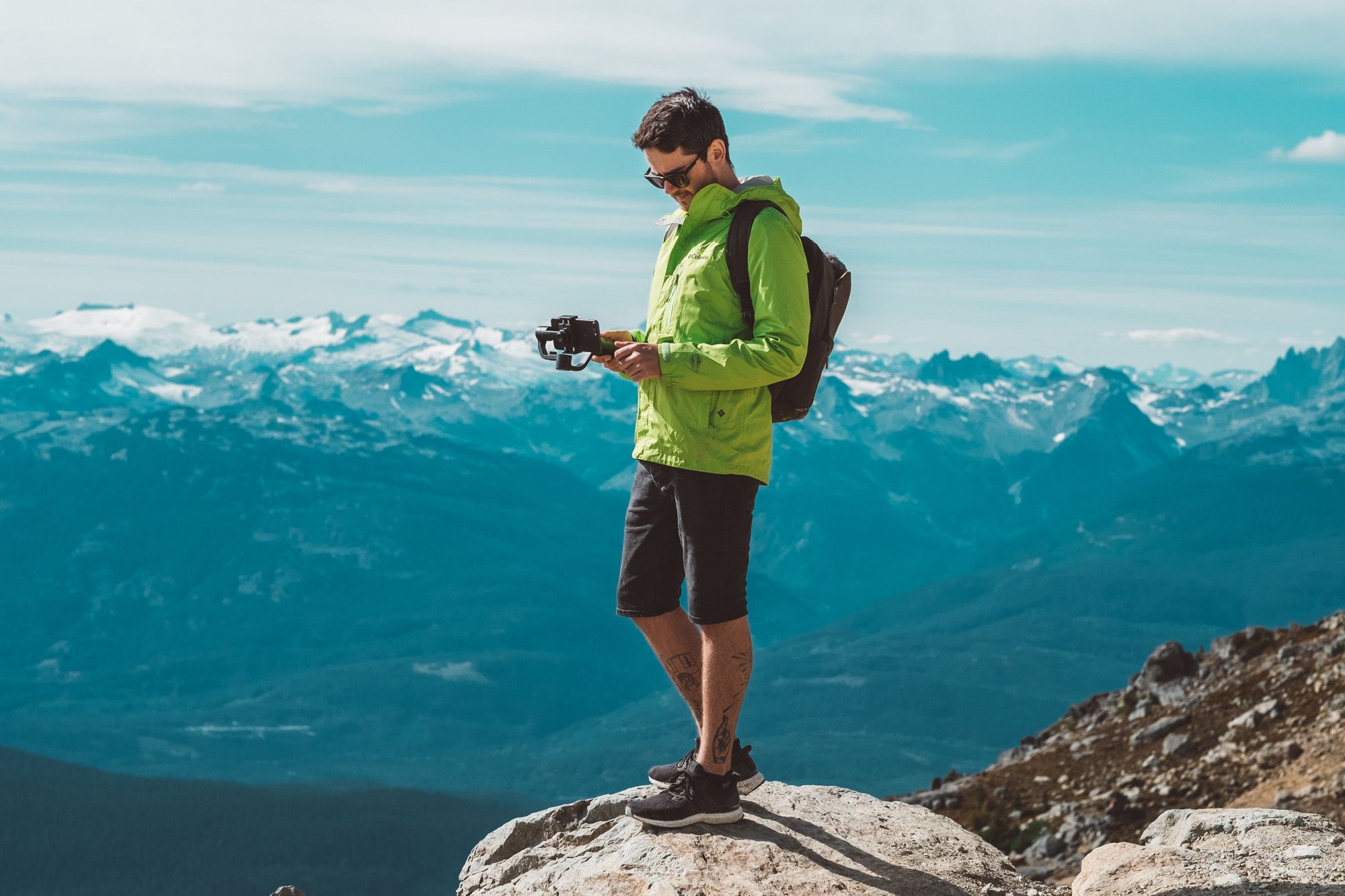
I should start by saying the same thing everyone says: You don't need a lot of expensive gear to take great photos. My most used camera is my iPhone, and what's listed hear is a collection built up over many years. It's not a representation of what's needed to have fun with photography. All that being said, gear is a lot of fun! I hugely enjoy researching, testing and refining the selection of equipment I use, and figuring out new things to try.
My first camera (which I still have) was my dad's Olympus OM-1. I've been through lots of different cameras since from just about every major brand since then, as my needs changed and technology evolved.
Since 2017 I've been getting into videography, which is a whole new world! It requires all the same techniques as photography, but with the additional variable of time. Sort of like going from working in 2D to 3D. So, what I appreciate most about gear—currently—is suitability for both photo and video work.
Main camera
I started giving photography real attention with a cheap Nikon D40 in 2009, before upgrading to a full-frame D700 a couple of years later as I got into strobist and portrait photography with off-camera lighting. It lasted less than 6 months after I started travelling. Too big. Too heavy. I switched to a simple Fuji X100 for a few years, which I loved, before eventually moving toward mirrorless cameras and —increasingly— gear which could be used for video as well as photos.
These days my main camera is a Sony A7III, which I picked up in 2018 - thinking that I was foolish to be purchasing it when the A7SIII was right around the corner. (As of May 2020, it there's still no sign of it)

NPFZ100 Batteries
The latest Sony batteries are ridiculously good, but I still have several of them to make sure I'm never dry.

Newmowa Battery Charger
Quick, easy, multi-battery charger for getting all your cells topped up.
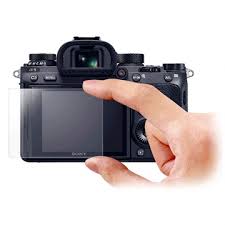
Sony Screen Proctector
Sony screens are notorious for scratching. Screen protectors are a must-have.
I love the size and form factor of mirrorless cameras, and Sony have done remarkable job in the last few years in capturing a very well established market. I'm also really enjoying the renewed competition with spurred by the A7SIII and the Canon 5R, both of which are pretty unbelievable devices.
Meanwhile mobile camera technology is progressing faster than all other imaging companies put together. Who knows what comes next.
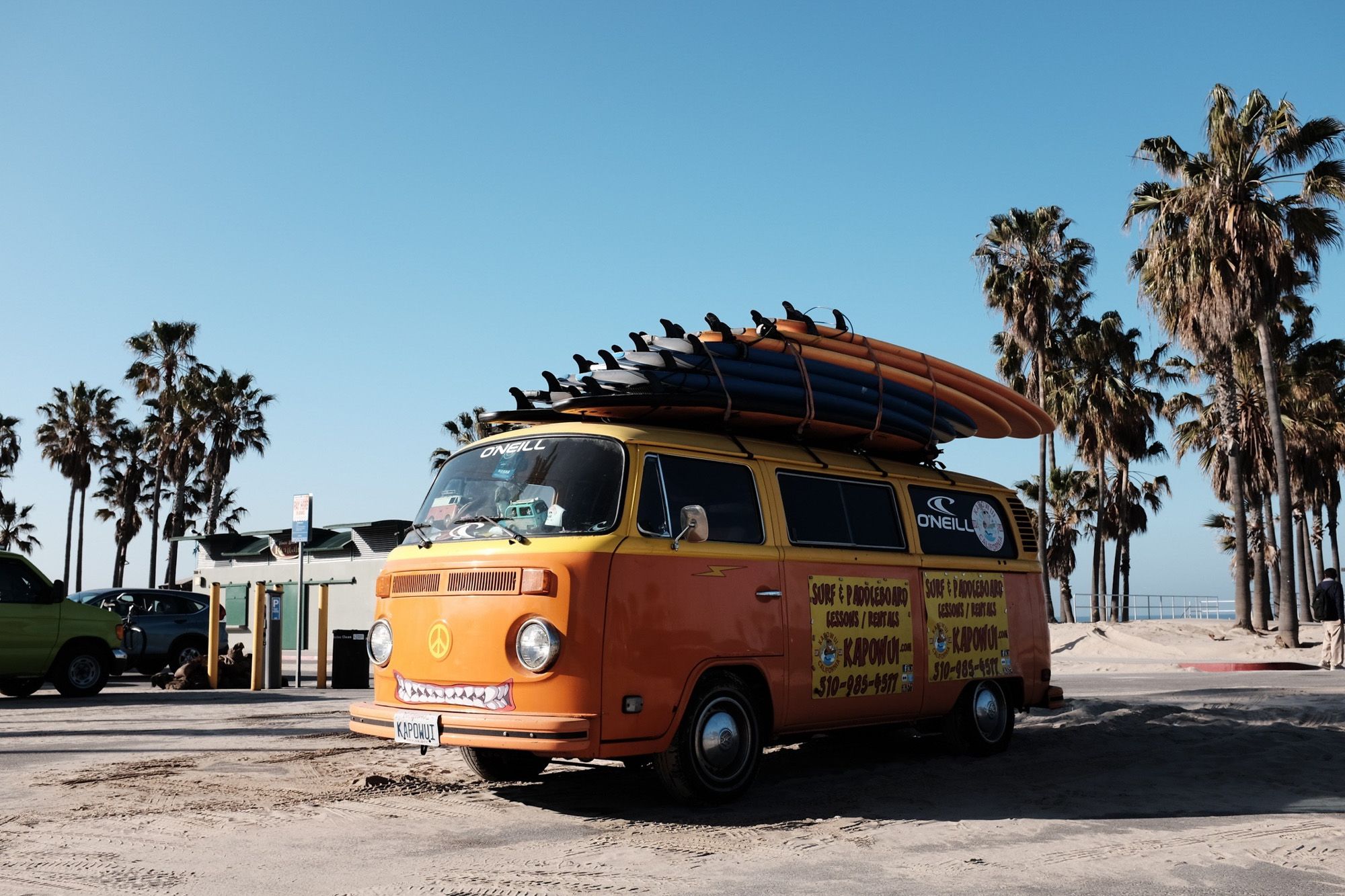
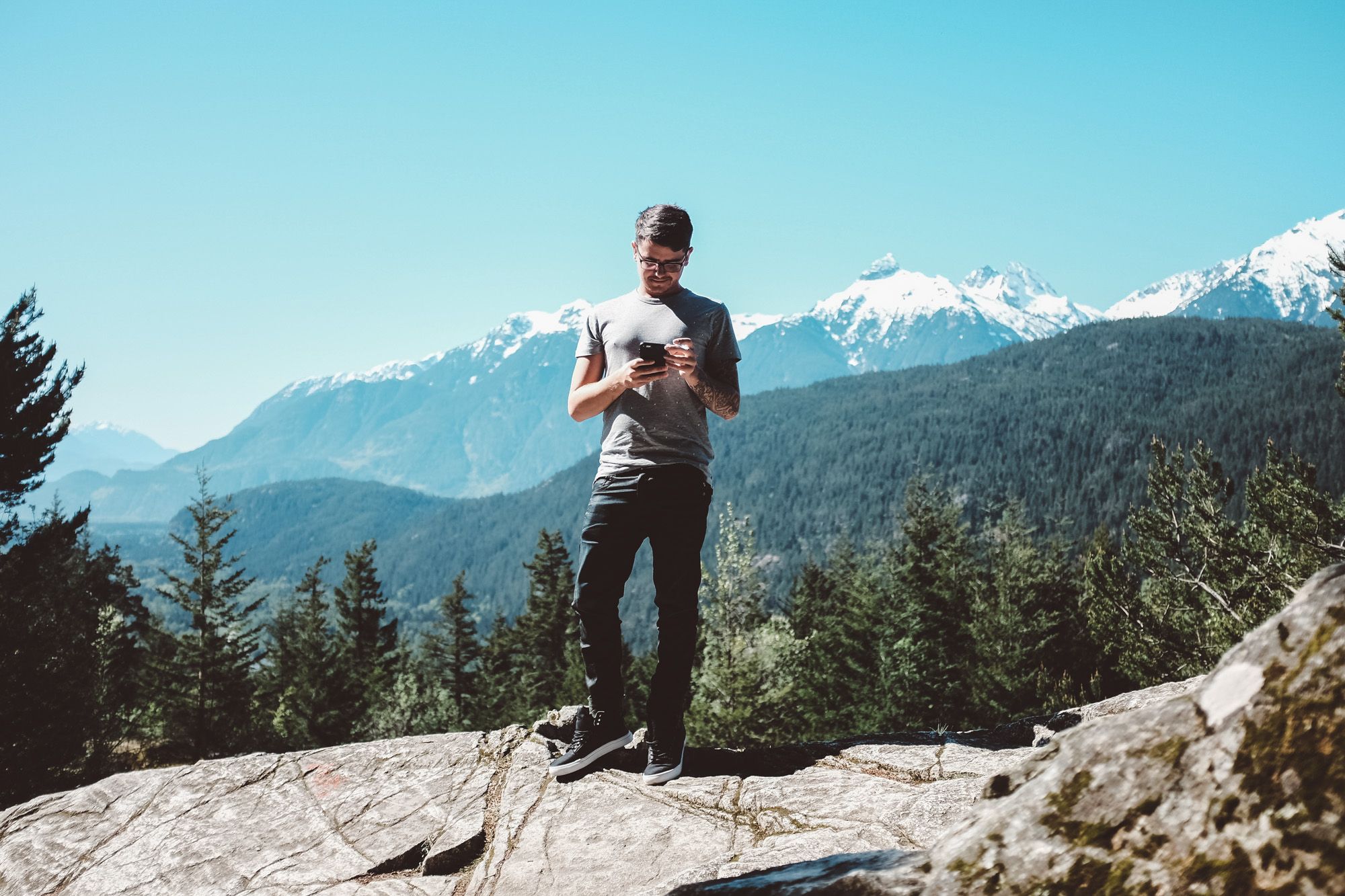
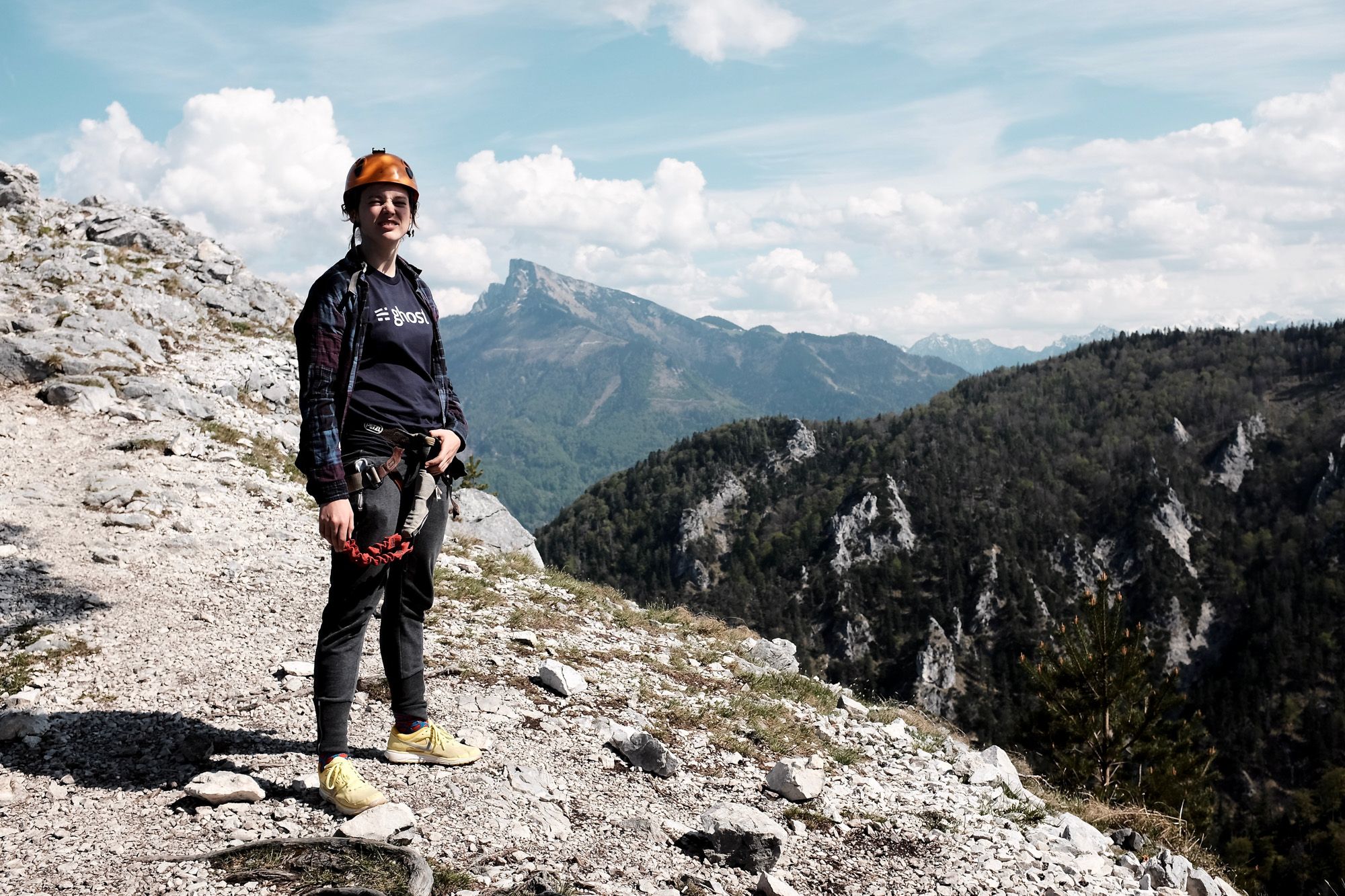
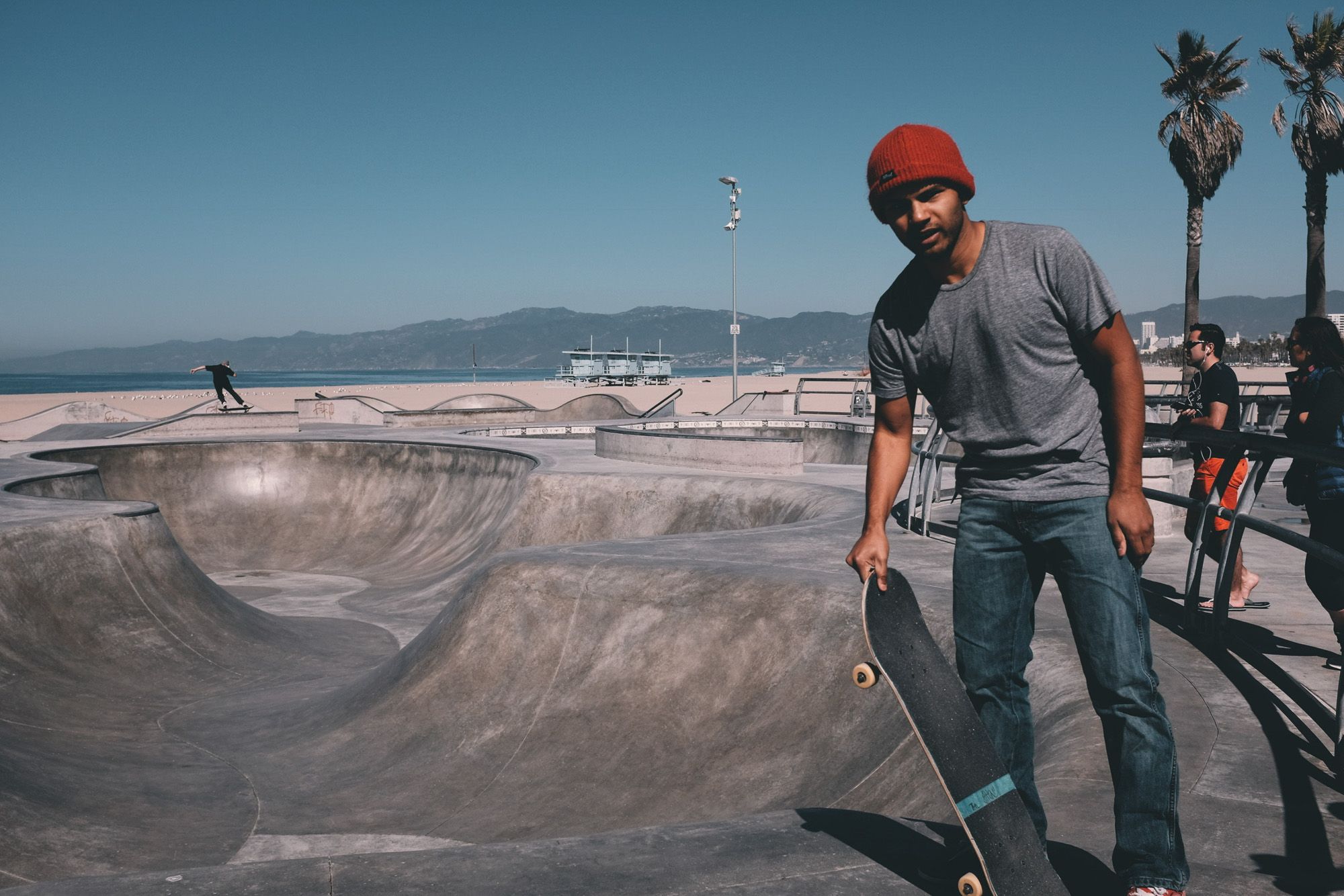
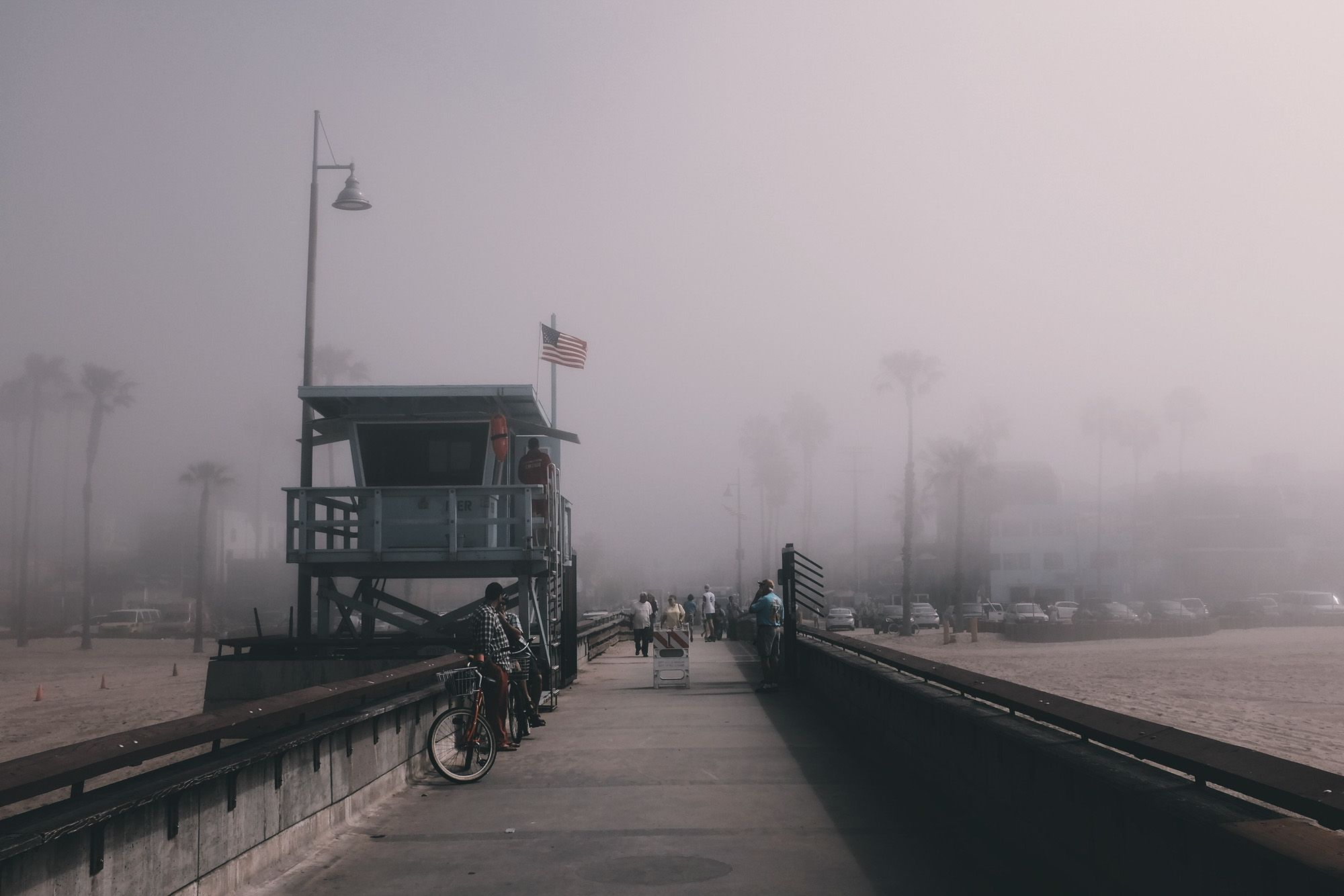
Main camera lenses
The glass is always more important than the body, and these days Sony has a pretty impressive line-up of professional quality lenses.

24mm f/1.4 GM
My go-to photo lens, and easily my favourite.
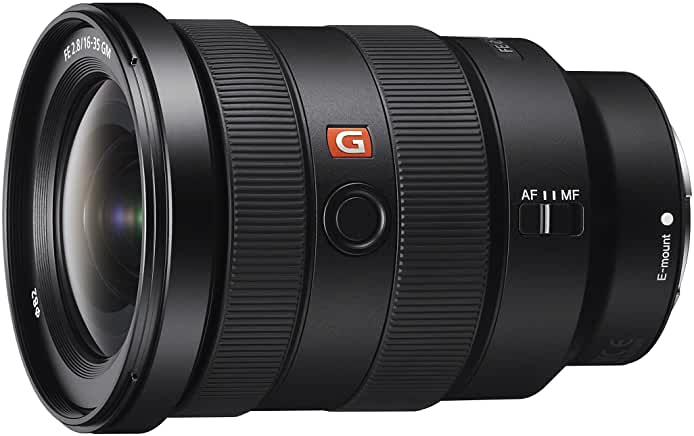
16-35mm f/2.8 GM
My go-to video lens. Very wide. Very sharp.
I'm fairly restrained about lenses. The 24mm GM is the most recent addition, and my instant favourite. If I had to choose just one lens, there's no question!
A similar kit at a much lower price is the Sony A6600 + Sigma 16mm f/1.4. Pretty much an unbeatable setup for ultra-high quality photos and video, including a very useful flip-up selfie camera. Most of the beautiful Instagram travel shots you've seen are taken with this combination, it's also becoming a popular choice for livestreamers.
Main camera accessories
In addition to the camera itself, there are a number of extras that complete the package. These are generally things which augment or extend the built-in features and allow for higher quality results.
The main 3 I use all the time are mic, mini tripod, and external monitor. I've tried a lot microphones, including some fancy/expensive ones, but the Rode VideoMicro is the one I always end up coming back to. The audio quality is fantastic, and the size makes it a bit less conspicuous to walk around with. I also prefer these tiny windscreens, rather than the big fluffy one it comes with.
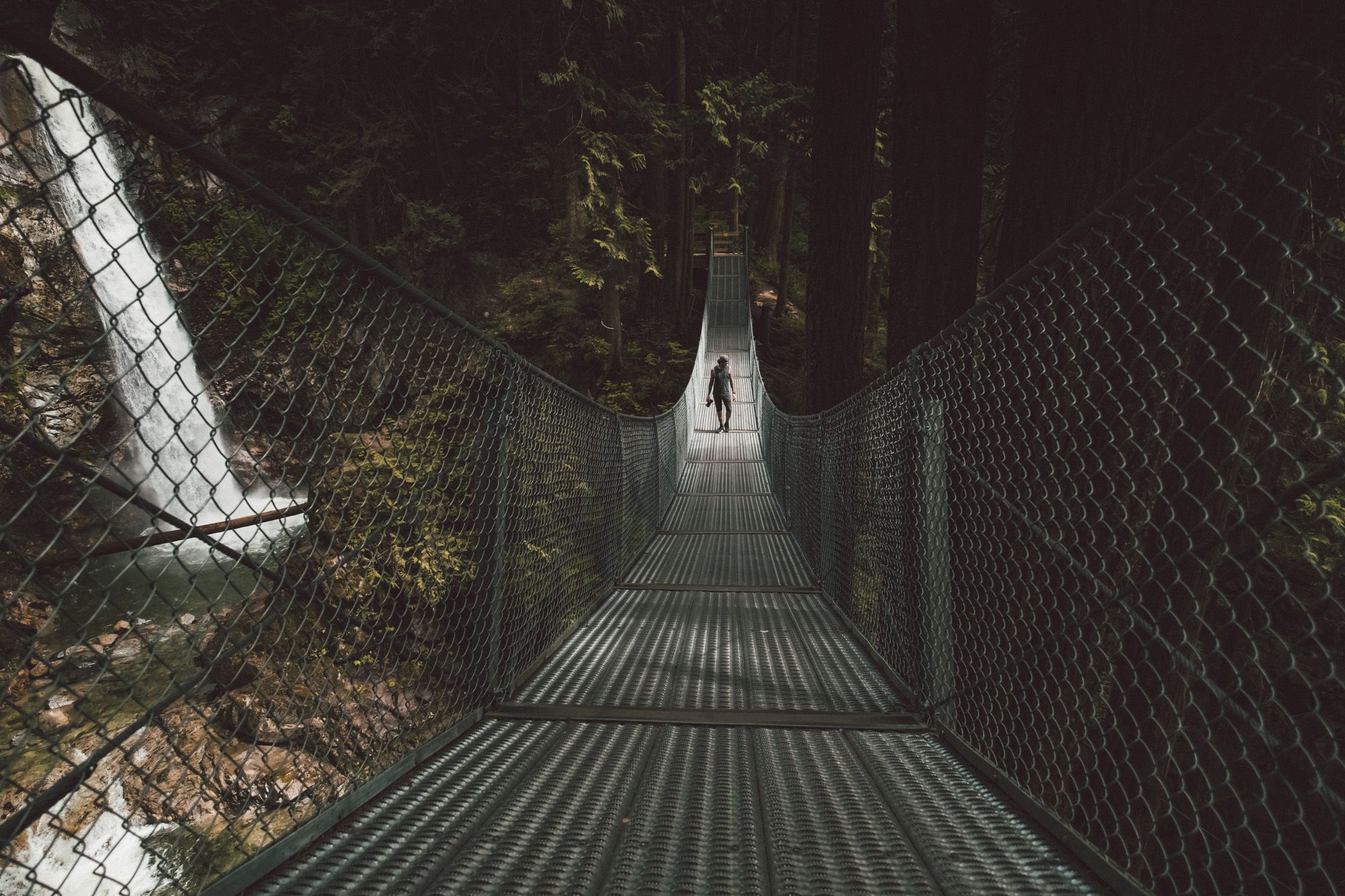
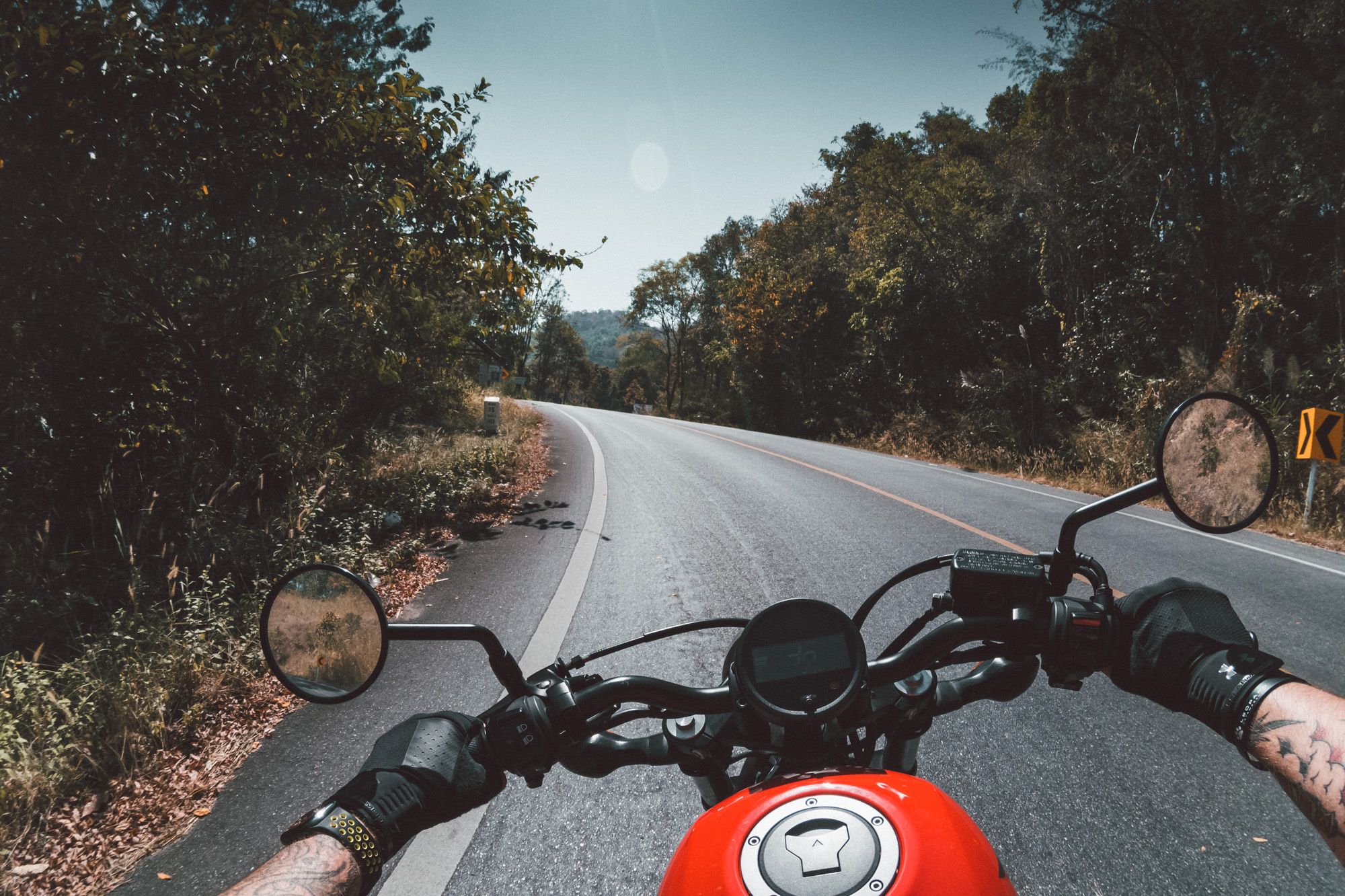
The external monitor is some off-brand Chinese version of the popular SmallHD monitor, with all the same features! The oscillating screen makes it easier to monitor when filming yourself, or getting detail shots. Not something I use all the time, because of the bulk it adds to the camera, but incredibly useful when needed. Price seems to vary wildly; I found it for $120 or so in Thailand.
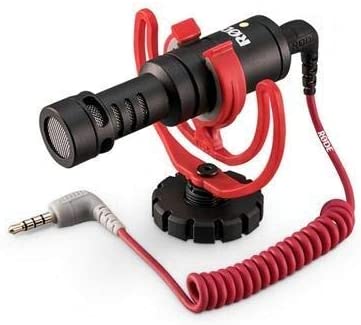
Rode VideoMicro
Tiny, no batteries, no nonsense.

Manfrotto Pixi Evo 2
Small, simple tripod. Great for vlogging.
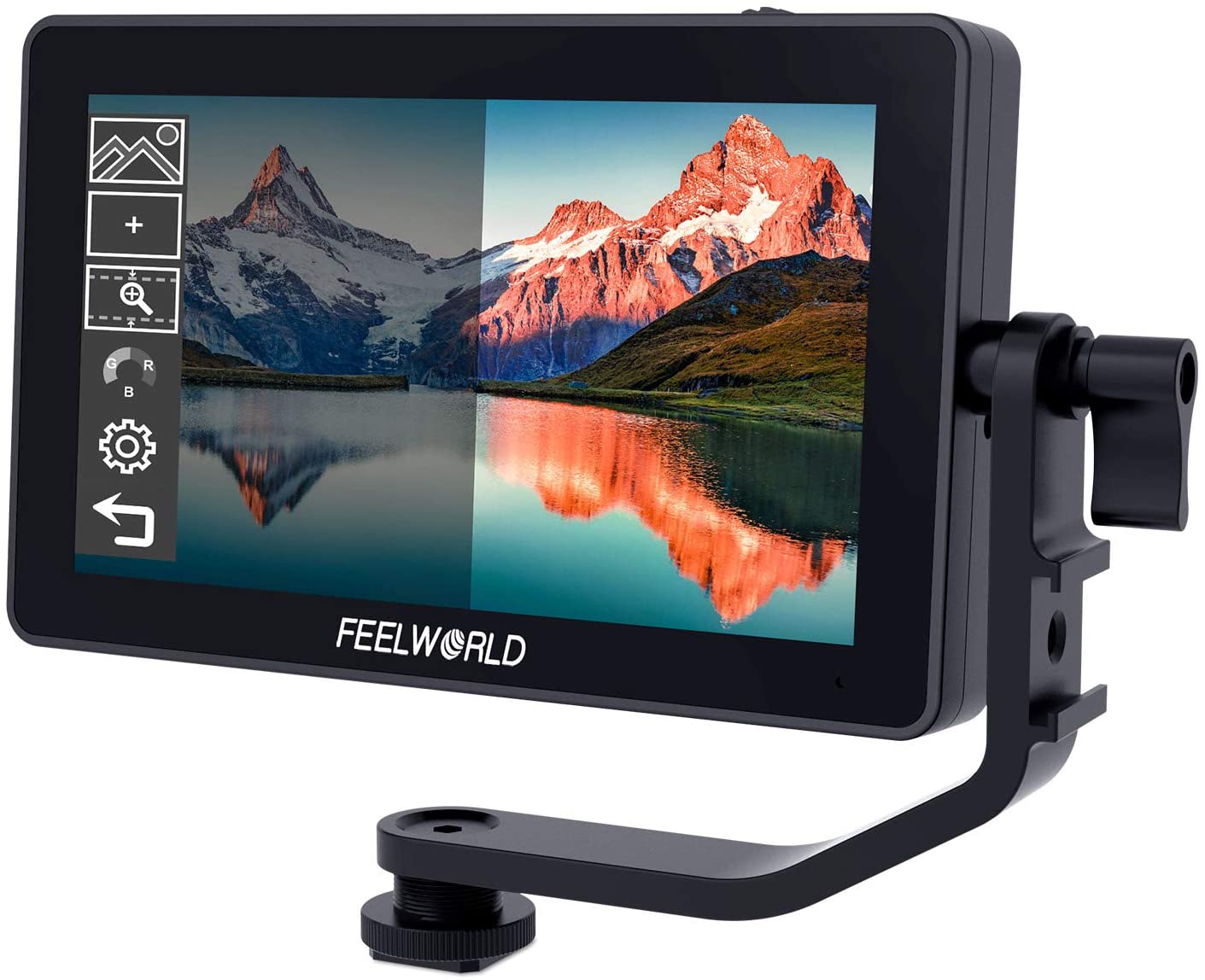
Feelworld F6 Plus
HDMI monitor with support for custom LUTs
Aside from that, there are a few more key bits and pieces which I use all the time. Good SD cards, a neutral density filter for cinematic / fancy shots, and a lens blower for keeping the A7's enormous sensor clean and clear.

UHS-II SD Cards
250mb/s ultra fast storage, speed is more important than size, 2x 64gb has always been enough.
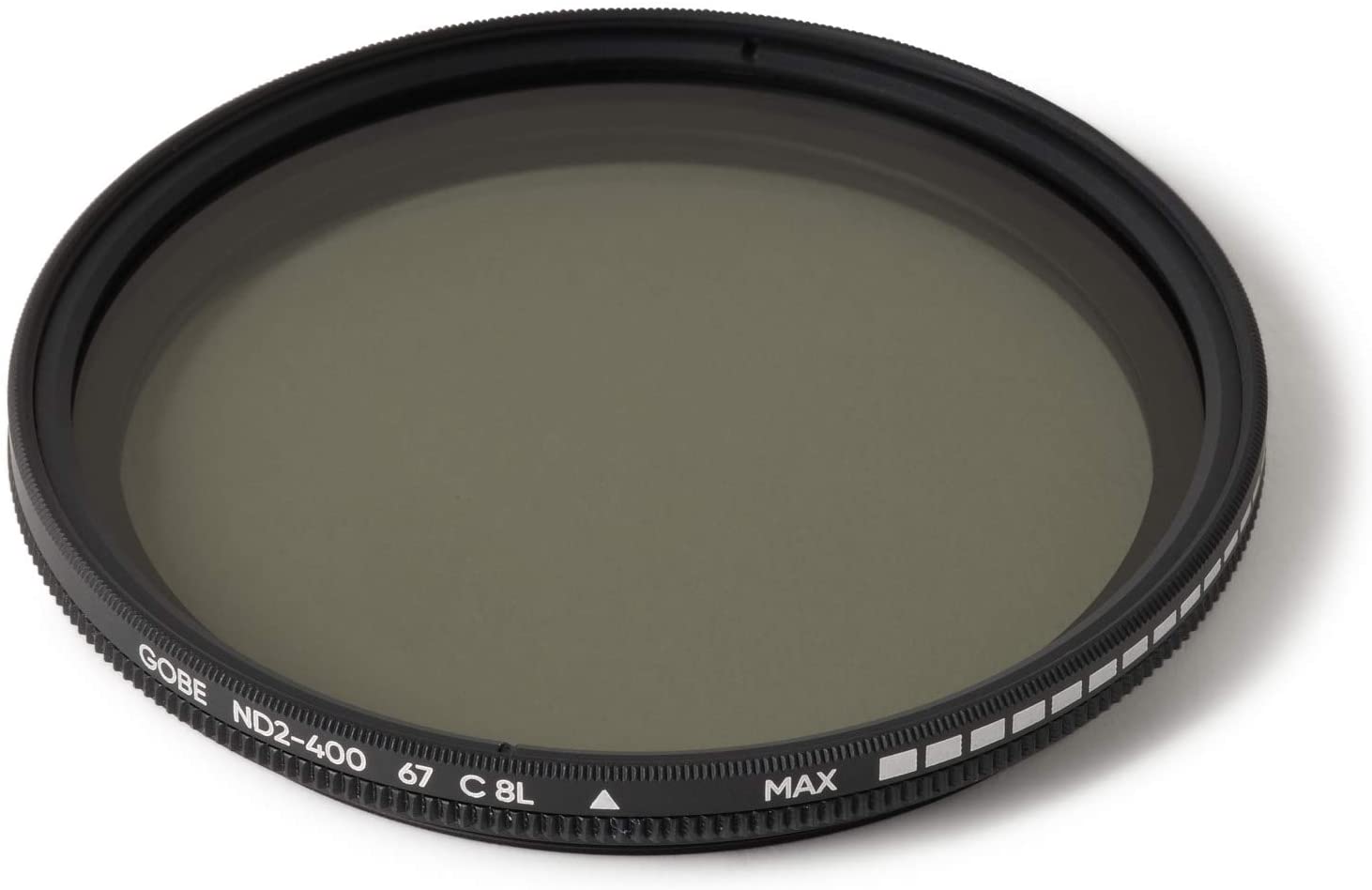
67mm Variable ND
Required for wide aperture video shots in the middle of the day, fits both 24mm and 85mm lenses.

Air Blaster
I hate these things, but with a full frame sensor you unfortunately do need one to get rid of the dust.
Finally, all things Peak Design for keeping the camera attached. The nice thing about Peak Design products is that they're a system, so they all integrate with each other. The attachment points and plates and clips and bags all fit together, and provide a versatile arrangement for carrying gear with you.
I don't have the new travel tripod, yet, but it's on my list.

Peak Design Everyday 20L
The best camera backpack there is. Definitely get the smaller one, big one isn't worth it.

Peak Design Slide
A comfortable, functional strap for days when you don't want to take a bag.
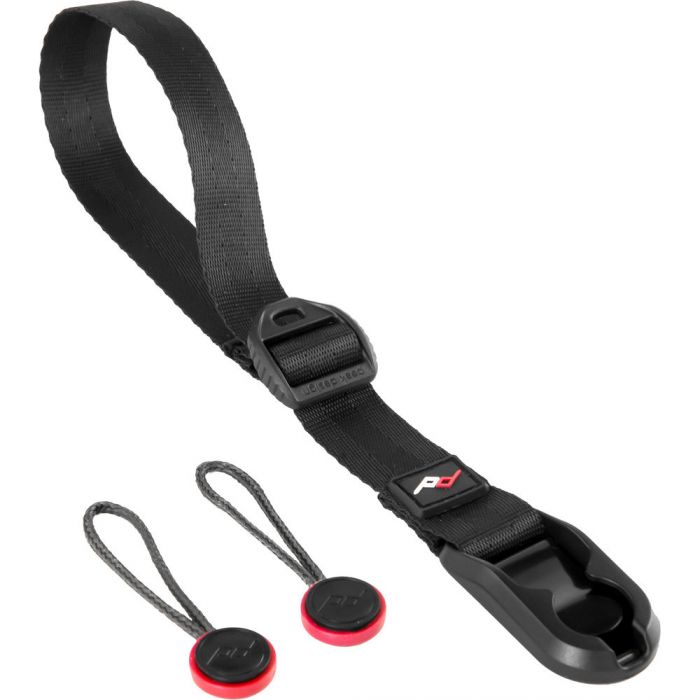
Peak Design Wrist Cuff
A comfortable, functional strap for days when you don't want to take a bag.

Peak Design Clip
A comfortable, functional strap for days when you don't want to take a bag.
What I appreciate most about all of these things is how they can be combined in different ways to suit different applications. If I want to do a really detailed video, I can. If I want to travel really light for an all day walk around a new city, I can. That's what has turned out to be most useful.
Flying cameras
I started getting into drones a few years ago when they started getting compact enough to travel with easily, and before there were a million laws about how you could use them. Things are definitely more complicated nowadays.
Initially I picked up a Mavic Pro, followed by second one after I drowned it. Then a couple of years later I visited the opening of the official DJI store in Cape Town where they had a 30% discount on everything for launchday, and ended up walking out with a Mavic Air. I love how tiny it is (running theme, I realise).
I enjoy drones both for photography and video work, but it is getting harder and harder to find places where you're allowed to fly them. Fortunately, one place you definitely can still take to the skies is on the open ocean. Which is where I plan to be flying in the next few years!
The hard thing about drones and boats is catching them. Which is why I'm really hoping for an eventual Phantom 4 successor.
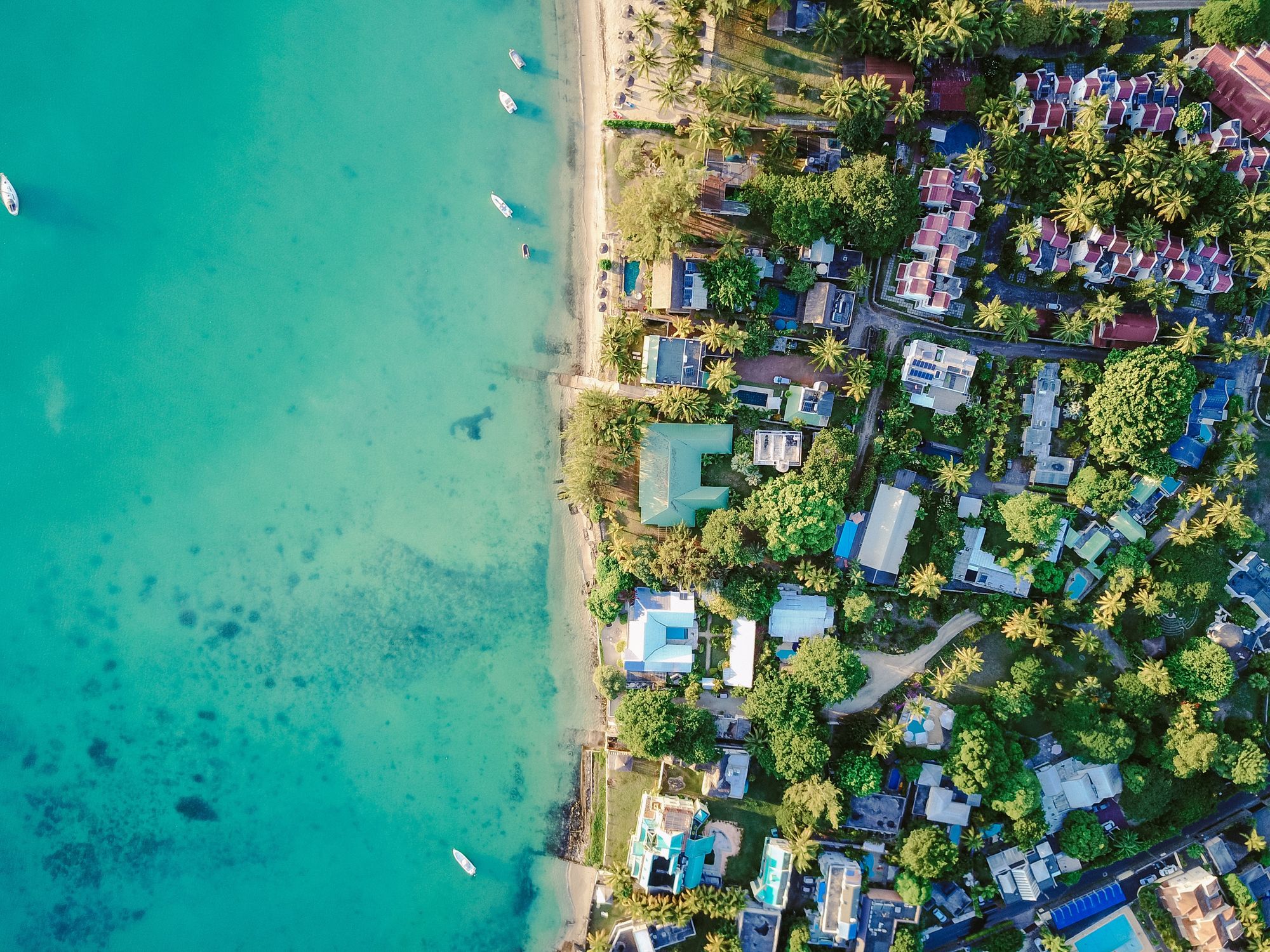
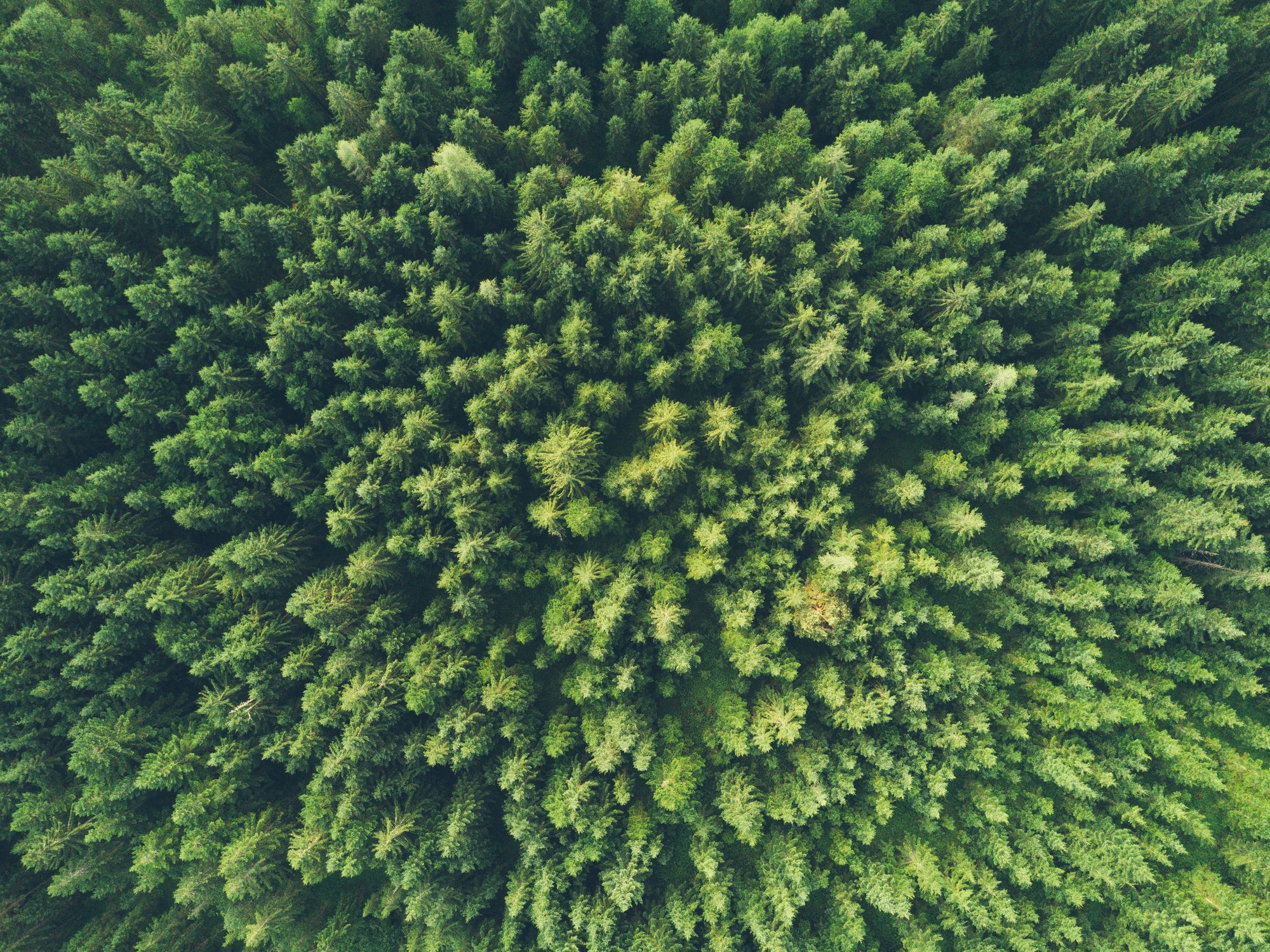
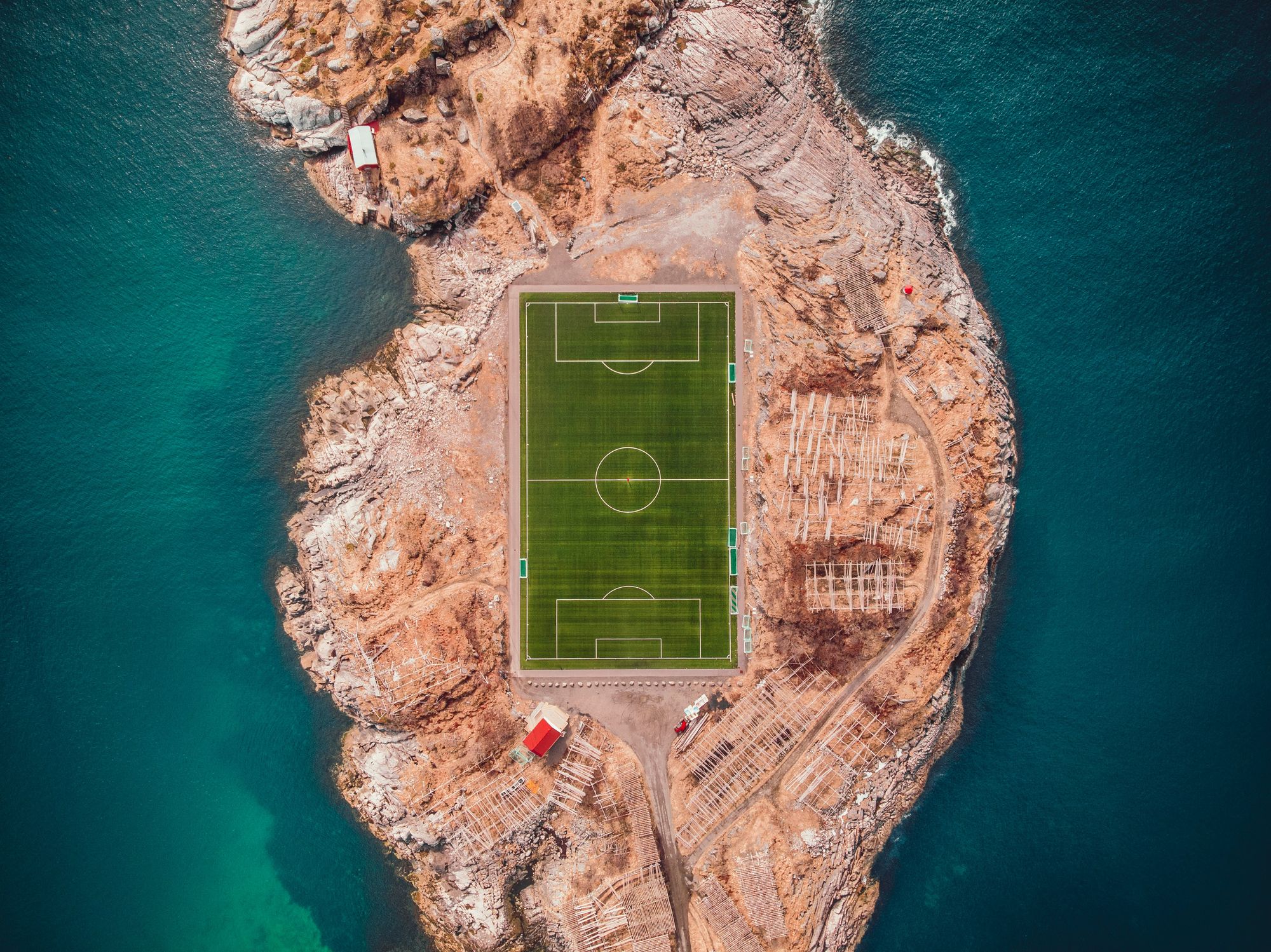
Supplementary cameras
My most used camera by a significant margin is my iPhone 11 Pro. Sometimes people cite a tired cliche about the best camera being the one you have with you, but these days the iPhone is—in many instances—simply the best camera.
I have an (ancient) GoPro Hero 5 for action shots. Basically, anything underwater or on a motorbike. It's fine for how little I use it, but I'll probably upgrade it relatively soon. Stabilisation on the newer Hero 8 / Osmo Action is amazing.

iPhone 11 Pro Max
Most used camera

GoPro Hero 5
Rugged action camera
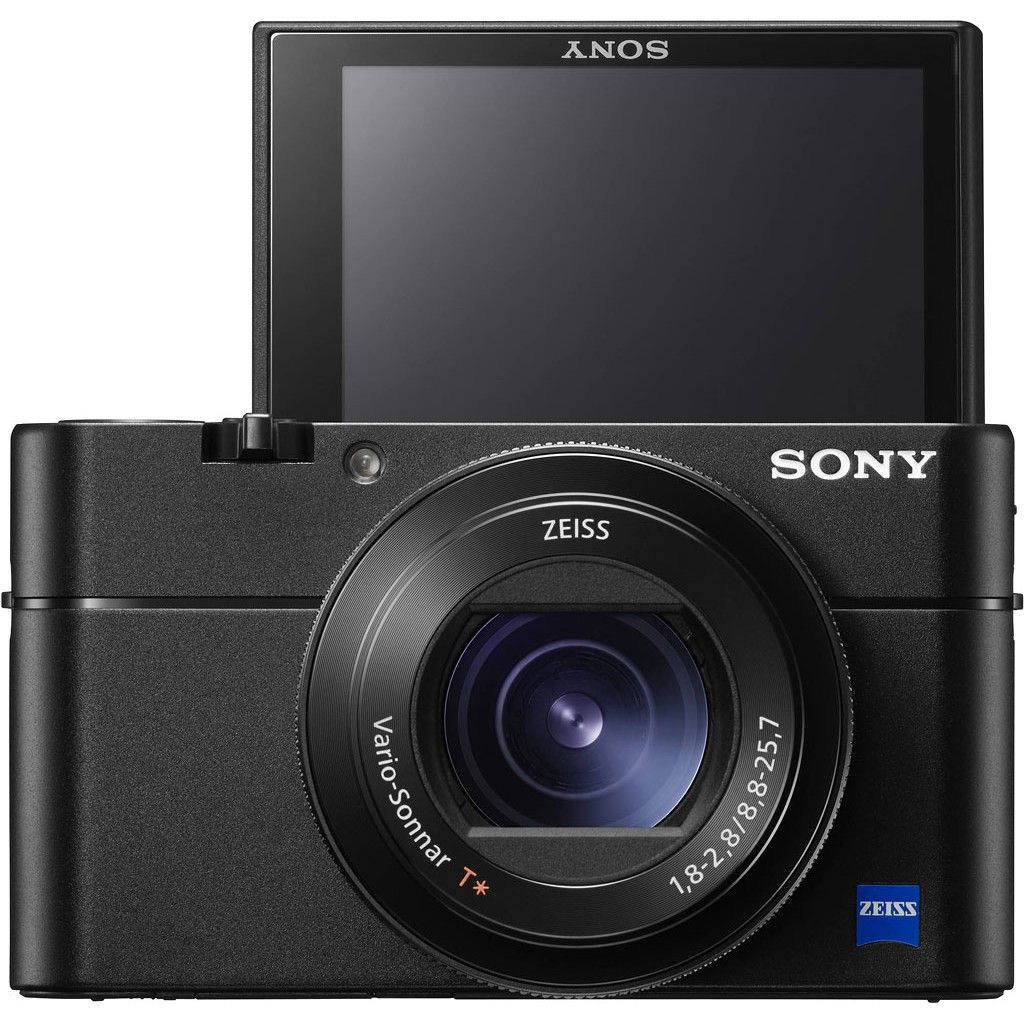
Sony RX100V
Compact video camera
The RX100V used to be my go-to vlog camera, but the iPhone 11 Pro has replaced that now, too. I love the RX100 Mk5 for its integrated ND filter and wide f/1.8 aperture. The newer versions of the same camera are great, but unfortunately lose both of those things in favour of a longer focal length.
I still keep the RX100 as a backup, but I wouldn't buy another one today. Between new iPhones and the DJI Osmo Pocket, competition is strong.
Photography gear is an ever evolving passion. I'll update this post as and when any changes are made to the inventory in future. I'm very curious to see what the next generation of Sony and Canon mirrorless bodies are like.
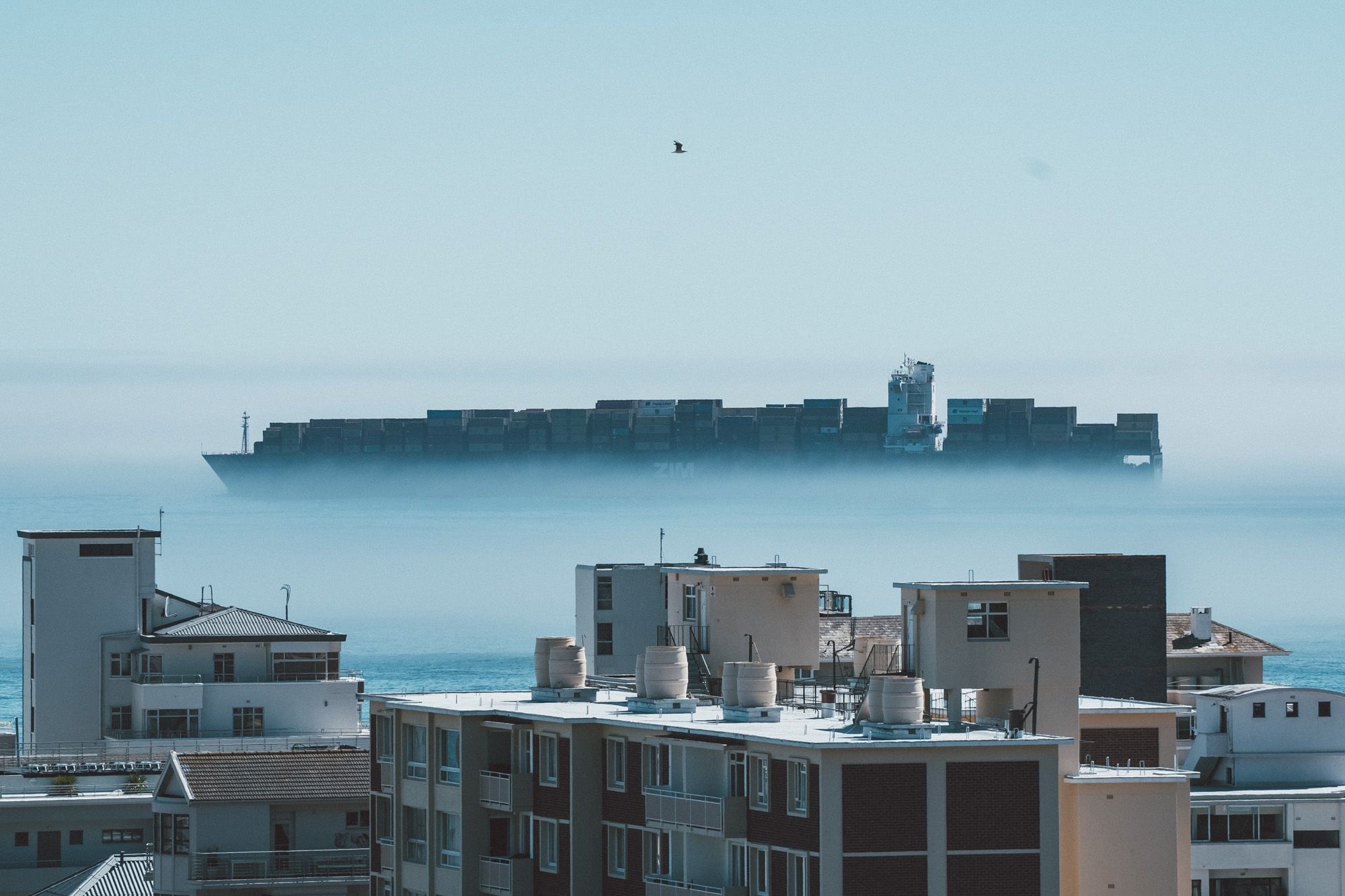
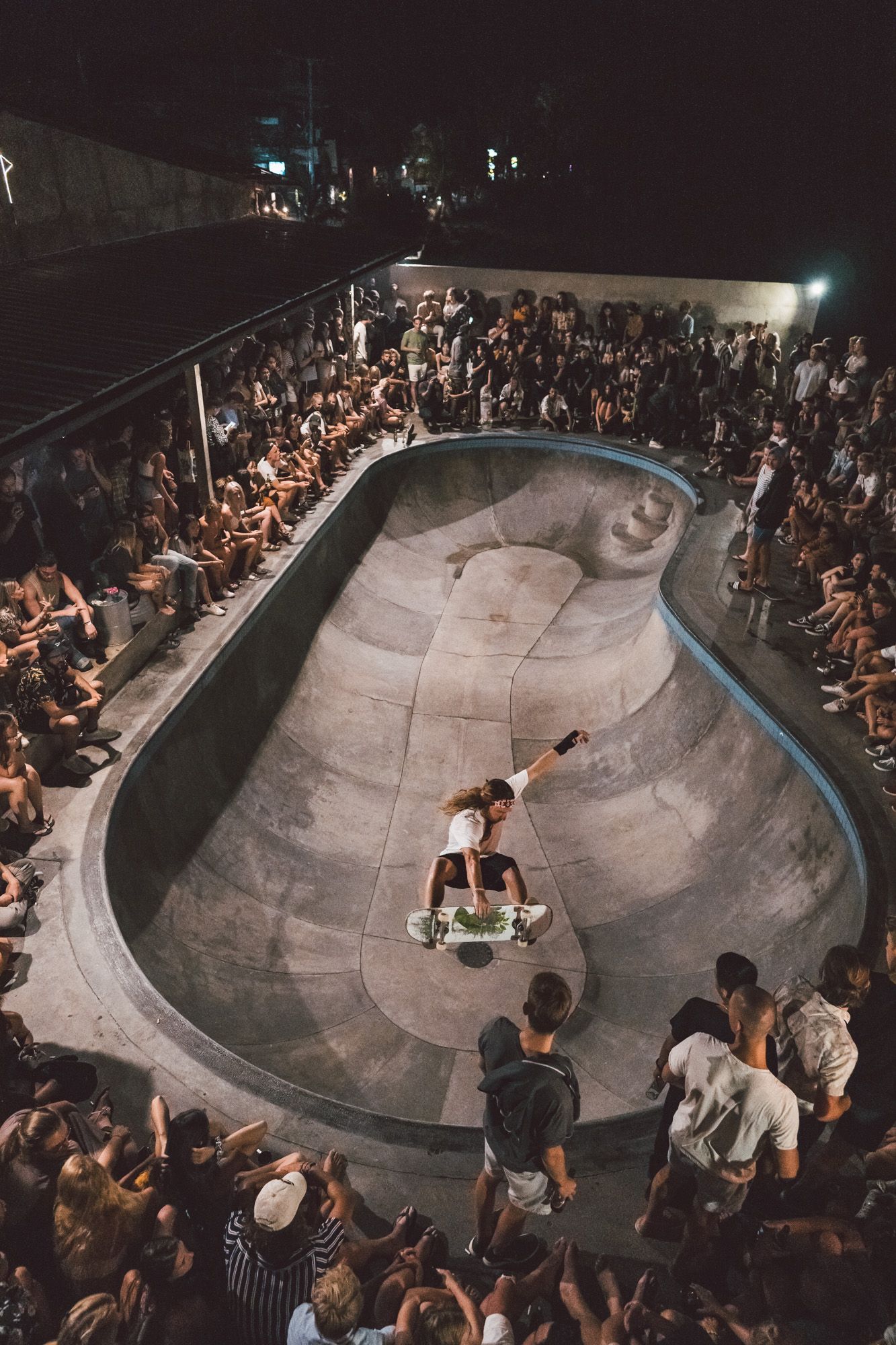
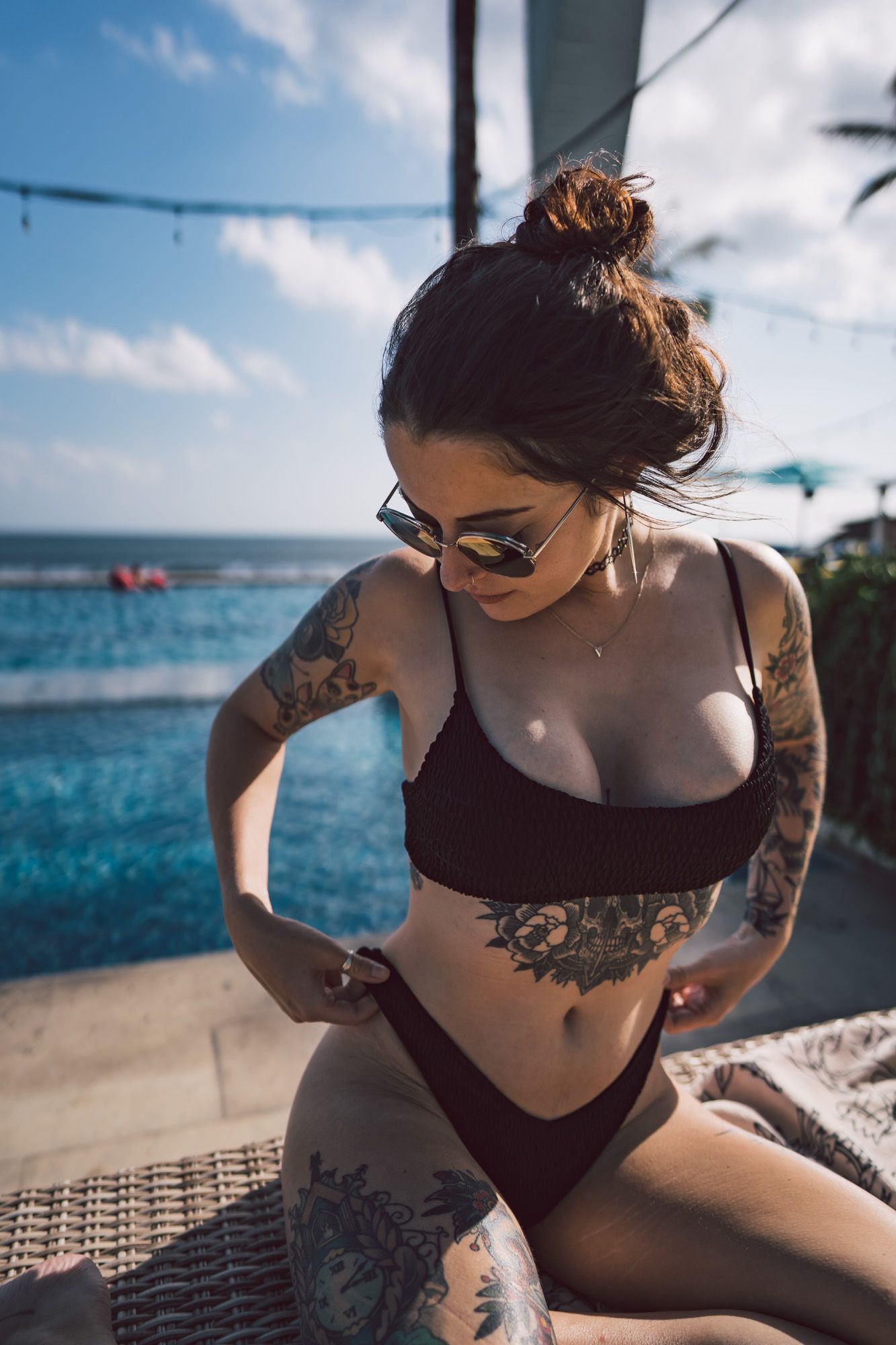
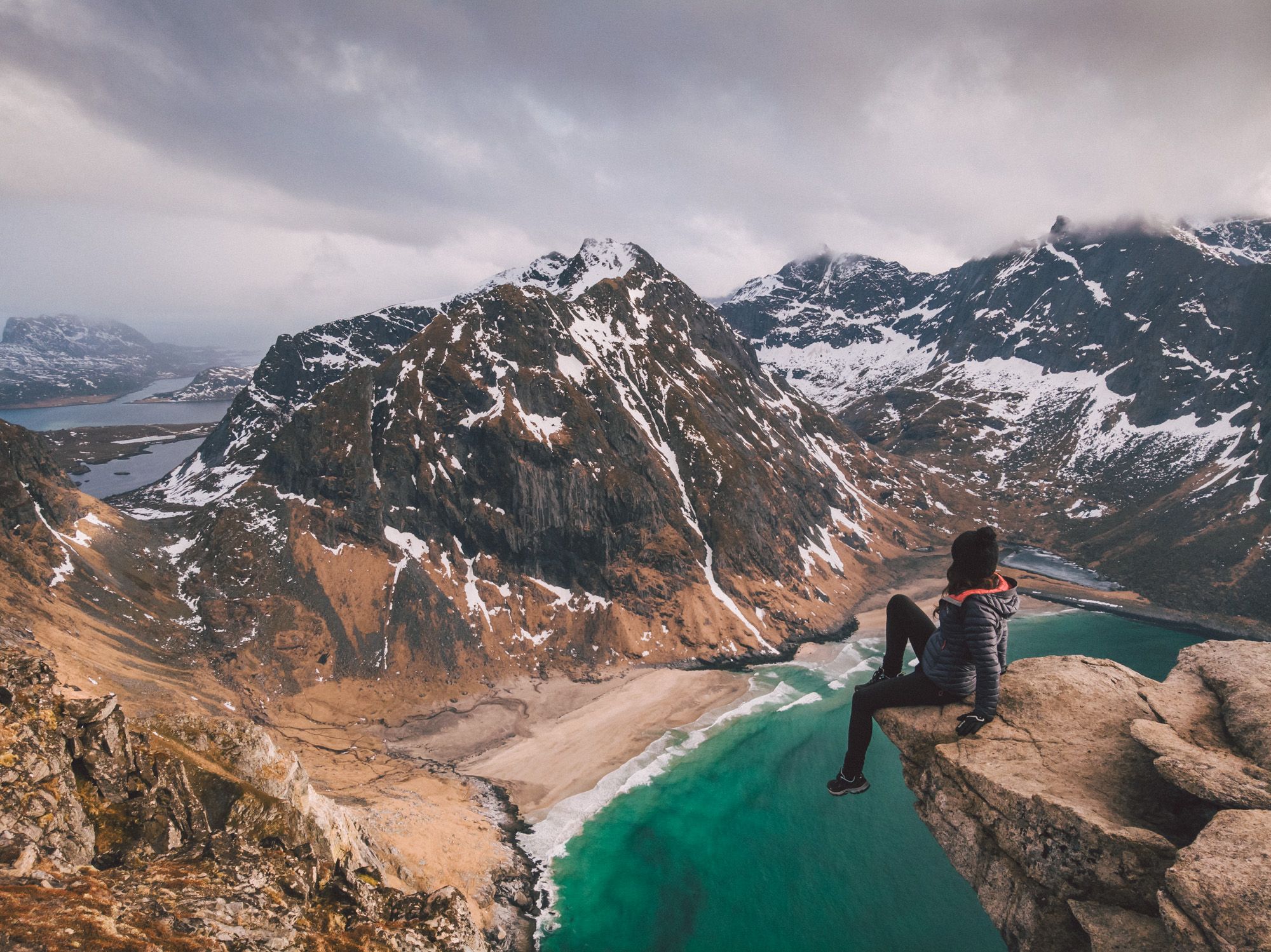
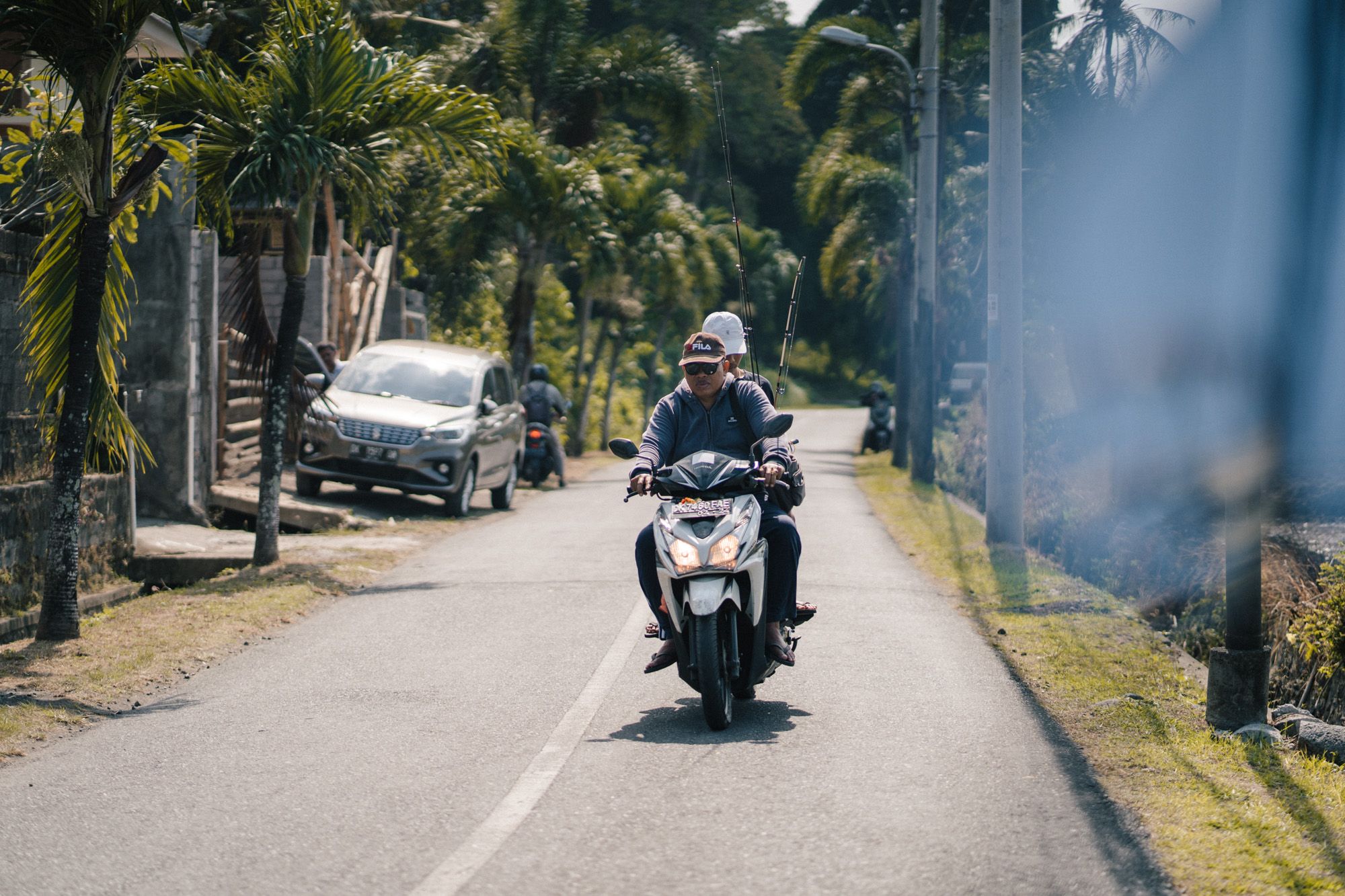
For details of all the hardware used for data storage and editing, check out my even larger (3,500 word) guide to all the travel/nomad gear I've put together over the last decade. Great hard drives and lots of processing power are key to being able to edit photos (but videos even moreso).
As someone with aphantasia, photos and videos are the only real way I'm able to have complete memories. But that's a story for another time.
There's more to this story
Sign in to view the members Q&A with John for this post, and get access to the full library of 49 members-only posts, with new updates every week!


